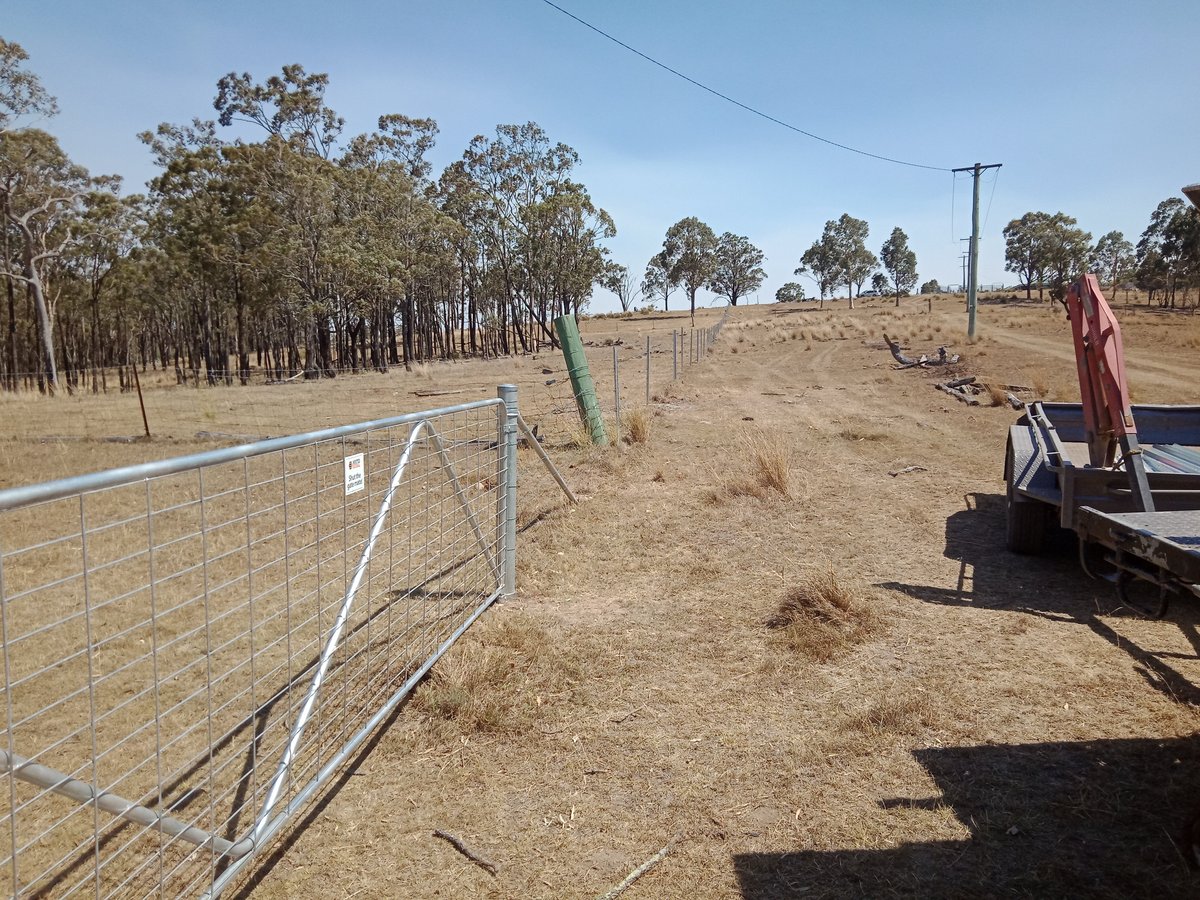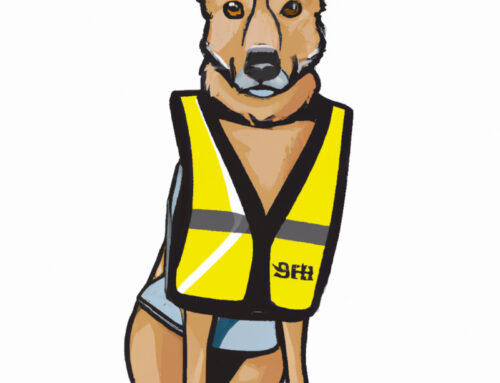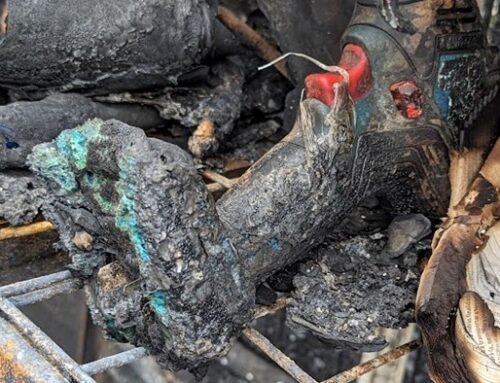I have been running a rural fencing business for the last decade and had up until recently several teams. Each team is a two man crew with a 4WD ute and all the tools required to do the job.
Also worth mentioning here is that there is no formal qualification for a fencer, at this stage. So what happens is that I mainly employed people without the required skills and than spent a lot of time training them up. We also had at least a trainee at any one time.
Since growing the business from essentially one team to several the damages and incidents have sky rocketed. The cost for the maintenance, repairs and replacement of power tools is making turning a profit a serious challenge. What happened to me is that once you have a few teams going you need to find a lot of work and than make sure the work gets done to keep the whole machine rolling along. This often created a feeling in me that my staff had me a bit of a barrel since any serious interruption in operations would have a big ripple on affect.
This leads me some of the damages worth mentioning we had in the last few years, a young driver, with his leading hand in the car leaves the worksite for a 50km round trip to drive to the nearest servo to buy lunches and rolling the ute on the way back. Needless to say a right-off. In another incident another worker has a rear shunt and even-so there was little damage to the ute something happened to the automatic gear box and the gears are now slipping and can no longer be driven. Turns out that the gearbox in the car was only sold in two year models and getting one is rare as hen’s teeth.
Smaller issues were, just to lis a few:
- straight fuel put into a 2-stroke whipper snipper until it jammed ($1,100 damage)
- ongoing damages to post drivers we use that cost $1,000 to replace, one of the core issues being that WD-40 has not been sprayed into the anvil pipe before starting work
- rear window of a ute smashed because the crew thought it would be better to have some-one sitting on the tray holding a machine, rather than securing it properly and than losing control of it when they hit a bump in the paddock
- damage to vehicles because of driving to fast in difficult terrain
- and the list goes on
Similar issues that caused a lot of lost time were:
- bogging a vehicle because not assessing the terrain properly before entering it
- not having the right tools on the truck to complete the, tools that belong on the truck but were left at the shed or are no longer working and it wasn’t reported
- we have a Work Order that lists all materials required but out of one reason or another didn’t make it on site and I get a call that the job can’t be completed because they are a gate short
- trucks are often in an appalling condition, and the time it takes to find the right tool in a toolbox is a lot longer than needed
Jobs needing rework was another serious issues, in one case I nearly spent a week fixing the mistakes made. In the sane vain complaints by customers that wire off-cuts and similar had not been removed on job completion.
Also it was extremely difficult to know where jobs were up to at any one time because unless I managed to catch the leading hand at the end of the day I could not manage to get a report form every team, every day to know if jobs were progressing as planned or not.
Why am I telling you all of this?
Well there are two things I should have done to fix this:
- Introduce a safe work culture
- Give every opportunity for staff to learn, consult and apply the required rules and safe work practices but ultimately take the the proper step if some-one can’t make the transition. It’s better that they work for some-one else!





